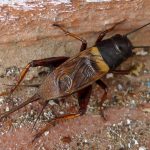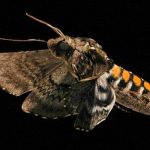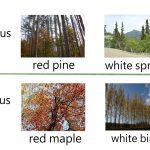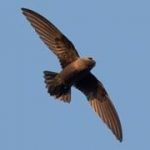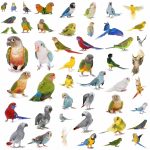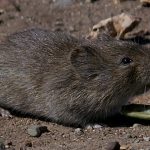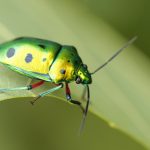This gallery contains 4 photos.
There has been an expeditious increase in anthropogenic noise ever since the industrial revolution. As a result, noise-induced hearing loss has rapidly increased worldwide. The World Health Organization has even suggested that prolonged noise exposure is likely responsible for upwards … Continue reading


